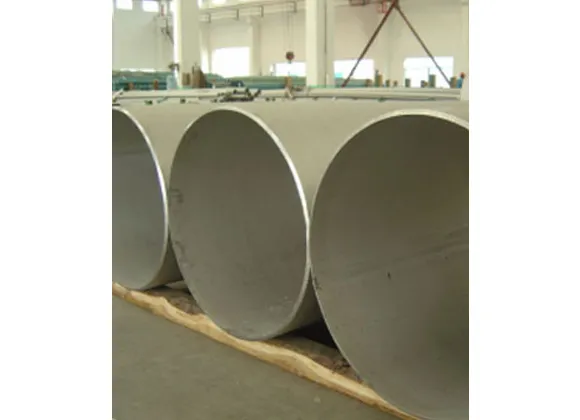Feb . 12, 2025 23:49
Butterfly valves are widely recognized for their cost-effectiveness, compact design, and versatility in a range of industrial applications. Among the most popular types of butterfly valves are lug and wafer styles, which often lead to questions about their differences, applications, and benefits.

Lug butterfly valves are designed with threaded inserts known as lugs on the valve body. These threaded lugs allow the valve to be installed using bolts that connect directly to flanges. One of the main advantages of this design is that it supports both full flanged and semi flanged connections, making lug butterfly valves highly suitable for installation where it may be necessary to dismantle pipe sections downstream of the valve without disturbing upstream piping. This capability ensures that lug butterfly valves are highly beneficial in applications where routine maintenance or system modifications are frequent, such as in water treatment plants or chemical processing facilities. Their robustness and ease of installation and removal stand as testaments to their design superiority in flexible piping systems.
In contrast, wafer butterfly valves are sandwiched between flanges, and the job of securing them is accomplished using long bolts that pass from one flange through the valve and into the other flange. This makes wafer butterfly valves more economically attractive compared to the lug type due to fewer materials and a simpler, lighter-weight design. Wafer valves are particularly useful in applications where a tight seal is required, regardless of pressure, which makes them an excellent choice for preventing backflow in pipelines. Industries such as HVAC and fire protection systems frequently prefer wafer butterfly valves due to their streamlined installation and effective sealing capabilities.

When considering the operational and maintenance aspects, lug valves typically exhibit higher reliability in heavy-duty applications. Their ability to be independently installed and removed without affecting downstream or upstream piping makes them the go-to choice for critical isolation purposes. This is why industries that handle potentially hazardous materials or require deal-safeguarding always tend to favor lug configurations.
what is the difference between lug and wafer butterfly valves
On the technical side, understanding the pressure and temperature ratings, along with the material compatibility of the equipment, is crucial. Typically, both lug and wafer valves are available in a variety of materials, such as cast iron, ductile iron, stainless steel, and PVC, each offering unique benefits. Selecting the right material thus involves considering the medium being transported, the operating conditions, and the compatibility of the material with the process fluid.
The difference between lug and wafer butterfly valves also extends to their environmental impact and energy efficiency. Lug valves, due to their bolted design, offer marginally better energy savings since they often provide a more robust seal that minimizes leakages effectively. However, the lighter design of wafer valves can lead to space and material savings, thereby contributing to lower energy consumption during manufacturing processes.
Choosing between a lug and a wafer butterfly valve depends heavily on the specific needs of the project. For projects requiring frequent maintenance, flexibility in piping installations, and handling of critical tasks, lug butterfly valves are often the better choice. Conversely, wafer butterfly valves are recommended for systems where cost considerations and a straightforward installation are paramount, especially when dealing with non-critical applications or less demanding operational conditions.
In conclusion, understanding the inherent differences, advantages, and applications of lug versus wafer butterfly valves ensures optimal selection and operational efficiency in any industrial setup. Whether prioritizing ease of maintenance, cost-efficiency, or sealing capabilities, both styles of valves play essential roles in managing and guiding fluid flow effectively.


 Call us on:
+86-311-86935302
+86-311-86935302
Call us on:
+86-311-86935302
+86-311-86935302
 Email Us:
info@thriveonvalve.com
Email Us:
info@thriveonvalve.com South of Huanmadian Village Town, Ningjin County, Xingtai, Hebei Province, China
South of Huanmadian Village Town, Ningjin County, Xingtai, Hebei Province, China